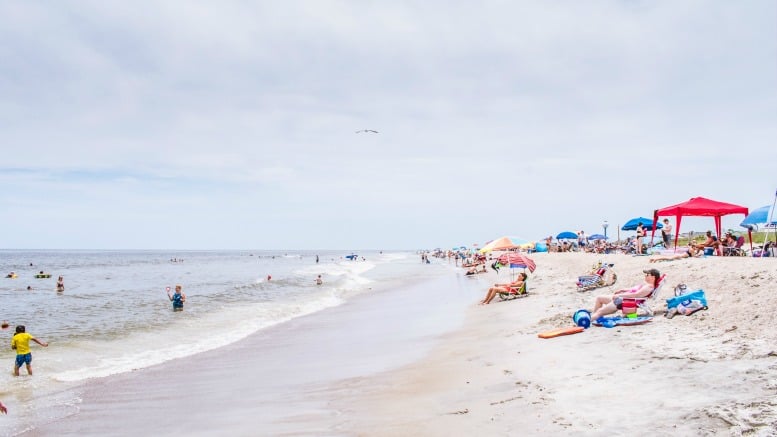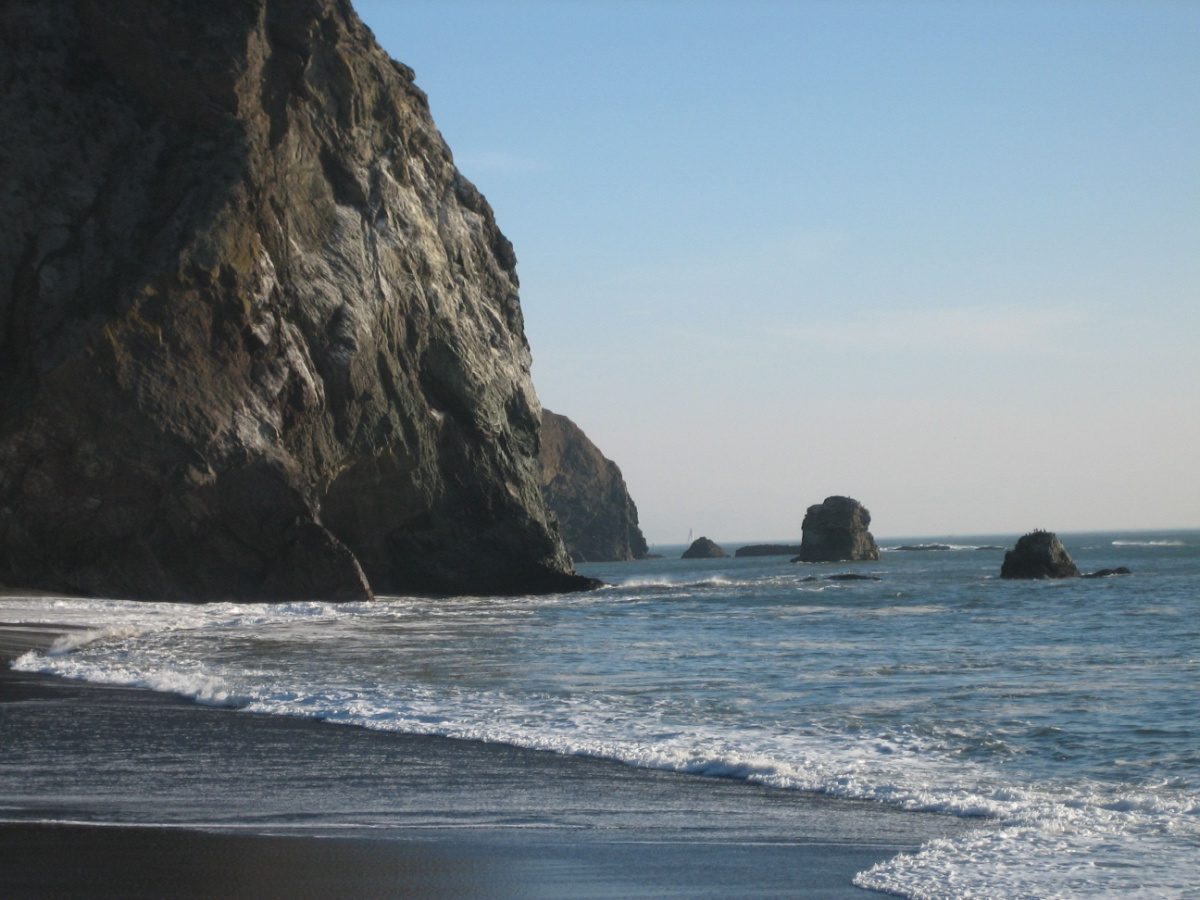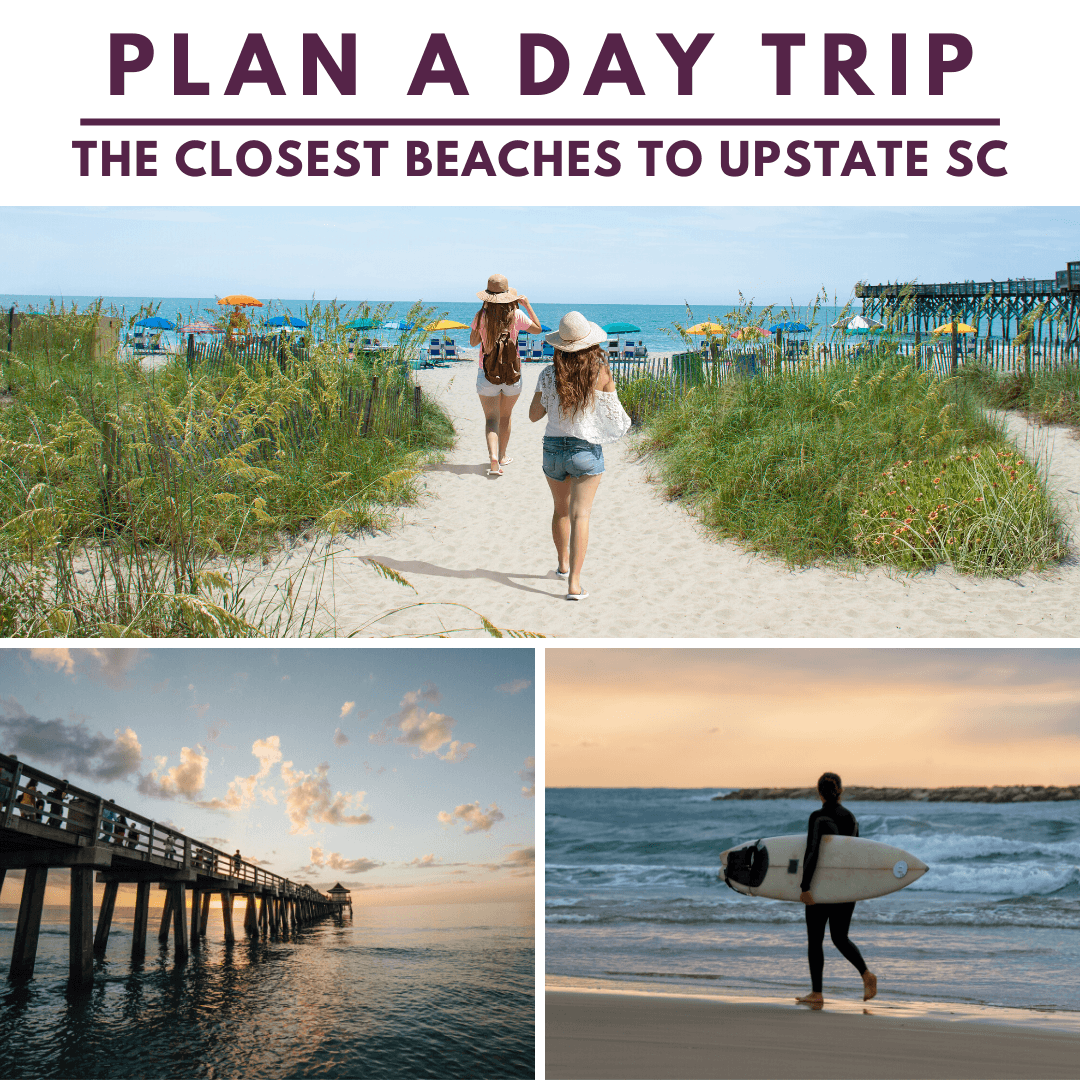Nearest beach – Nearest beach – it sounds simple, right? But finding the
-best* beach closest to you is trickier than you think! This isn’t just about raw distance; factors like traffic, terrain, and even your personal preferences play a huge role. We’ll explore how to use online tools, consider different beach types, and even delve into the subjective side of finding your perfect seaside escape.
Get ready to discover your ideal coastal getaway!
This guide will walk you through various methods for locating nearby beaches, comparing online maps, search engines, and dedicated mobile apps. We’ll discuss the importance of considering beach characteristics like sand type, water quality, amenities, and accessibility, and how these factors influence your choice. Finally, we’ll explore how location (urban vs. rural) and personal preferences shape your perception of “nearest” and ultimately, your perfect beach experience.
Defining “Nearest Beach”
The term “nearest beach” seems straightforward, but its meaning is surprisingly fluid. Proximity isn’t solely about geographical distance; accessibility, travel time, and individual needs significantly influence its interpretation.
Ambiguity of “Nearest”
Defining “nearest” involves considering multiple factors beyond simple linear distance. A beach might be geographically close but inaccessible due to private property, challenging terrain, or lack of public transportation. Conversely, a beach further away might be more easily reached by car or public transit, making it effectively “nearer” for some individuals.
Interpretations of “Nearest Beach”
Consider these scenarios: A city dweller might perceive the nearest beach as the one accessible by public transport, even if a closer beach requires a long drive through congested traffic. Someone living in a rural area might consider the nearest beach to be the one with readily available parking, regardless of the driving distance. A surfer might prioritize a beach known for its waves, even if it’s farther than a calmer, closer beach.
Factors Influencing Proximity Perception
Several factors influence the perceived proximity of a beach. Traffic congestion can dramatically increase travel time, making a geographically closer beach feel much further away. Difficult terrain, such as steep hills or dense forests, can also impact accessibility and perceived distance. The availability and reliability of public transportation are crucial, especially for those without cars.
Finding the Nearest Beach: Methods and Tools
Locating nearby beaches is now easier than ever thanks to various online resources and mobile applications. These tools differ in their functionalities and limitations, offering varying levels of detail and accuracy.
Methods for Locating Beaches
People commonly use online maps like Google Maps, Bing Maps, or Apple Maps to search for nearby beaches. Search engines like Google, Bing, or DuckDuckGo also provide relevant results. Dedicated beach-finding apps offer specialized features, such as beach ratings, tide information, and real-time weather updates.
Comparison of Beach-Finding Tools
Online maps generally provide basic location information, but may lack details on beach characteristics or accessibility. Search engines can be less precise, often returning a mix of relevant and irrelevant results. Specialized apps, however, usually offer more comprehensive information, including user reviews and amenity details, but might require data access permissions.
Figuring out the nearest beach to your Batam hotel is easy, especially if you book a great deal with a Batam package that includes beach access or nearby transportation. Many packages offer convenient options, ensuring you can easily reach the pristine sands. Once you’ve chosen your perfect package, you’ll be sunbathing on the nearest beach in no time!
Hypothetical Beach-Finding App UI
A hypothetical beach-finding app could feature a map interface with customizable filters (beach type, amenities, accessibility), user reviews, real-time weather data, tide information, and directions. The user interface should be intuitive and easy to navigate, with clear visual cues and interactive elements. The app could also integrate with social media to allow users to share their beach experiences and recommendations.
Beach Characteristics and User Preferences
Beaches vary significantly in their characteristics, catering to diverse user preferences. Factors like water quality, amenities, accessibility, and the surrounding environment greatly influence a beach’s appeal.
Beach Types and Their Appeal
Sandy beaches are popular for their ease of access and suitability for various activities. Rocky beaches offer scenic beauty and opportunities for exploring tide pools. Secluded beaches provide tranquility and privacy, while crowded beaches offer a vibrant social atmosphere. The ideal beach type is entirely subjective and depends on individual preferences.
Importance of Beach Factors
Water quality is paramount, ensuring safe swimming and enjoyable experiences. Amenities like parking, restrooms, lifeguard services, and concessions enhance convenience and safety. Accessibility features, including ramps and accessible pathways, are crucial for visitors with disabilities. The surrounding environment, including nearby restaurants, trails, and attractions, can significantly influence the overall experience.
Beach Characteristics Table
| Beach Type | Water Quality | Amenities | Accessibility |
|---|---|---|---|
| Sandy | Excellent | Parking, restrooms, concessions | Easy access, paved pathways |
| Rocky | Good | Limited amenities | Moderate access, uneven terrain |
| Secluded | Fair | No amenities | Difficult access, limited parking |
| Crowded | Variable | Many amenities | Easy access, ample parking |
Impact of Location on Beach Accessibility: Nearest Beach

The accessibility and overall experience of a beach are profoundly influenced by its location, whether urban or rural. Coastal cities offer easy access but often come with crowds and limited parking. Remote islands, on the other hand, provide seclusion but may require more effort to reach.
Urban vs. Rural Beach Access
Urban beaches are generally more accessible due to proximity to public transportation and developed infrastructure. However, they often experience overcrowding, noise pollution, and limited parking. Rural beaches, while offering more tranquility, may lack amenities and require longer travel times. The choice often involves a trade-off between convenience and solitude.
Geographical Context and Challenges, Nearest beach
Accessing beaches in coastal cities can be challenging due to parking restrictions, high costs, and limited space. Remote island beaches may require boat trips or long drives on winding roads, increasing travel time and cost. Environmental restrictions, such as protected areas or wildlife sanctuaries, may limit access to certain beaches.
Obstacles to Beach Access
- Parking limitations
- Cost of entry fees or parking
- Limited or inaccessible public transportation
- Difficult terrain or challenging access points
- Environmental restrictions and protected areas
- Seasonal closures or restricted access
Visualizing Beach Proximity
A map provides a visual representation of beach proximity, showing various beach locations and their distances from a central point. Key map features enhance understanding and navigation.
Map Representation of Beach Proximity
An effective map would display beach locations as markers, with distance markers indicating their distance from a central point (e.g., the user’s location). A legend would clarify the symbols and color-coding used. Zoom functionality allows users to focus on specific areas and explore details. Different map projections can affect the perceived proximity of beaches, as discussed below.
Impact of Map Projections

Different map projections distort distances and shapes, affecting the perceived proximity of beaches. For instance, a Mercator projection, commonly used in many online maps, exaggerates distances at higher latitudes. Other projections, such as equal-area projections, minimize distortion but may not be as visually appealing or intuitive.
Illustrative Map Descriptions
A sample beach map might use a color gradient to indicate distance from the central point, with closer beaches shown in darker shades. Beach markers could include icons representing beach type (e.g., sandy, rocky) or amenities. The map’s scale should be clearly indicated, and all beaches should be accurately labeled. A comparison of a Mercator projection and an equal-area projection would highlight the differences in perceived distances between the same beaches.
Beyond Physical Distance: The Concept of “Nearest”
The choice of a beach isn’t solely based on geographical proximity. Reputation, reviews, and personal preferences significantly influence the selection process. The “nearest” beach is often the one perceived as the best based on individual needs and priorities.
Subjective Factors in Beach Selection
Factors such as user reviews, ratings, and online reputation significantly influence the perception of a beach’s desirability. Personal preferences, such as a preference for secluded beaches or beaches with specific amenities, also play a crucial role. The “nearest” beach might be further away geographically but more appealing based on these subjective factors.
Impact of Personal Preferences

Individual preferences dictate the perception of the “nearest” and “best” beach. Some might prioritize tranquility and seclusion, while others might prefer vibrant social settings and ample amenities. These subjective experiences shape the overall assessment of beach proximity and desirability, often overriding purely geographical considerations.
Beach Comparison Table
| Beach Name | User Reviews | Amenities | Overall Appeal |
|---|---|---|---|
| Beach A | 4.5 stars | Parking, restrooms, concessions | High |
| Beach B | 3.8 stars | Limited amenities | Moderate |
| Beach C | 4.8 stars | Many amenities, lifeguard | High |
| Beach D | 3.0 stars | No amenities | Low |
Closing Summary
So, the quest for the “nearest beach” isn’t just about miles; it’s about finding the perfect match for your needs and desires. Whether you prioritize pristine waters, vibrant crowds, or secluded tranquility, understanding the factors influencing beach selection empowers you to make informed choices and discover your ideal coastal retreat. Happy beach hunting!
Essential FAQs
What if there are multiple beaches equally close?
Finding the nearest beach is easy, especially if you’re looking for a relaxing getaway. To help you plan, check out this awesome beach resort website – it’s packed with info on various resorts near beaches. Once you’ve picked your perfect spot, you’ll be sunbathing on the nearest beach in no time!
Consider factors like reviews, amenities (parking, restrooms, lifeguards), and the type of beach you prefer (sandy, rocky, etc.) to make your decision.
How accurate are online map distances to beaches?
Online map distances are usually accurate “as the crow flies.” Always factor in potential traffic, road closures, and actual travel time.
Are there any apps specifically designed for finding beaches?
Yes, many travel apps and map services offer beach-specific search filters and features. Explore app stores for options.